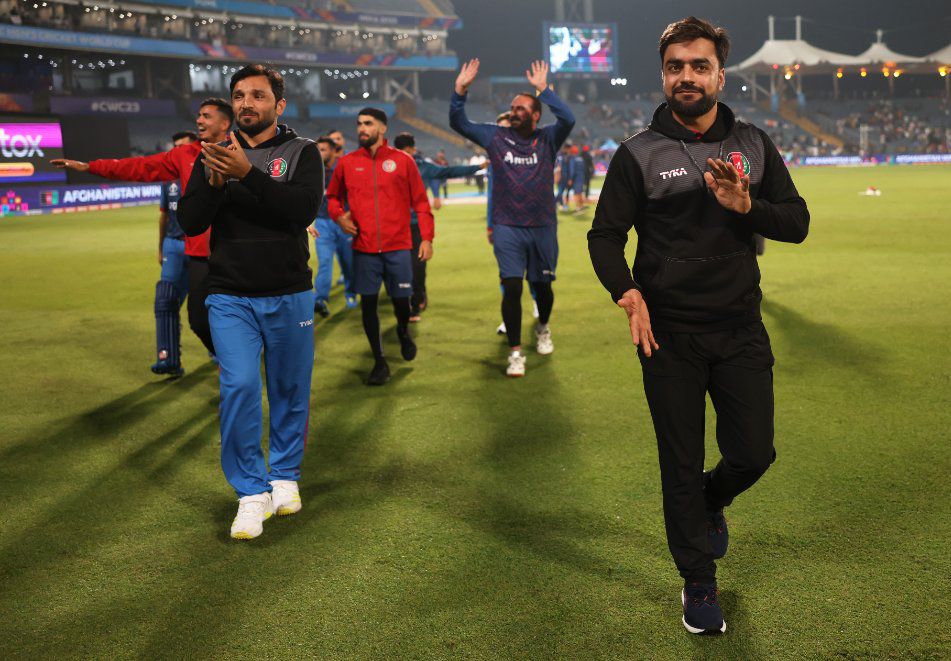|
In a world of behind the scene happenings, not only in the area of defence and security, but in the socio-political sphere as well, right observation and a competent examination of available information have become particularly important for framing an effective response.
Since security demands perfection of the instrument of analysis, the standards set there can be the benchmark for this task anywhere. Analysis has the objective of producing an assessment or a 'finding'. It must adhere to certain norms of compliance and show awareness of certain avoidable pitfalls. The most significant of these can be easily enumerated.
The first is the requirement that facts believed to be reliable should alone be at the base of an authentic analysis -- such as the information furnished by the Intelligence set up regarding a threat to national security.
Inputs from experts in special study areas are welcome, but the guideline here is that the analyst should borrow the facts of a study, but not necessarily the inference drawn from them by the specialist. This would apply also to reliable reports of the media that are a mix of facts and opinions.
Internet has dimmed the line between facts and fake news ever since social media became such an obvious instrument of combat. Authenticity of assessment can be guaranteed only through a perfection of analysis using reliable information.
Secondly, freedom from personal bias, 'group think' -- the desire to go along with the peers -- or wishful thinking has to be ensured. These are the more common pitfalls of analysis. To these must be added the not so uncommon tendency of the analysts to say what their masters would Iike to hear.
A much-quoted example is the CIA's verdict on the alleged plan of former Iraq President late Saddam Hussain to secretly hold weapons of mass destruction that led to the US making Iraq the second theatre of the 'war on terror' after Afghanistan, in 2003. Saddam Hussain was captured but no such weapons were unearthed.
An add-on to the principle of enlisting only reliable facts in analysis, however, needs to be mentioned here. A 'definite' information on a threat should not be sacrificed for some inadequacies of immediate relevance and timeliness. Saddam Hussain did have a 'recent' history of using chemical weapons against Iran even though the matter of continuing possession of weapons of mass destruction (WMDs) by him was at best a guess not authenticated by the intelligence.
This should have been reflected in the assessment so that a justifiable ground for action against him could still be found.
The third imperative of good analysis is the ability of the analyst to rise above the details and try to get at the bigger picture that they alluded to -- in other words, reaching the 'macro' on the basis of all that existed at the 'micro' level.
Some can get drowned in the details and some others can go on with the work as if analysis is the end in itself -- they could be justifying the dictum, 'analysis can lead to paralysis'.
This could happen sometimes because of an excessive preoccupation with the historical perspectives. Analysis must lead to progress towards deciphering what lies ahead, which is the essence of assessment. An assessment is futuristic and a competent analyst understands that facts of the past are important only if they can help in evaluating what could happen in the coming times.
Fourthly, in the context of security, it has to be understood that the threat is ultimately rooted in the activities of a certain number of 'individuals' that constitute the 'enemy' group. Security threats are essentially man-made and that is why human intelligence is always put on a premium.
In addition to the human sources, however, a lot of information of Intelligence value now comes from technological channels -- and this has to be interpreted in terms of human activity and read in conjunction with human intelligence.
Putting together information coming in from the two distinct channels is a new challenge of organisational coordination and analytical integration. Technical intelligence now combines with data analytics, which in turn is dependent on the creation of a united platform of concerned systems that cover the activities of a 'person of interest' for ready access. NATGRID has been established by India precisely for this purpose.
Last, but not the least, analysis today has gone beyond an examination of the collated information as recorded and evaluation of what the available facts would mean to convey in the light of the existing scenario.
Complete intelligence about the plan and moves of the adversary is difficult to come by, particularly because covert communication and creation of an underground network of 'agents' have been made easier for the enemy, thanks to the availability of cyber space.
Analysts today have to be prepared to try to be more precise with less information. In this, Albert Einstein's famous postulation that 'imagination is more important than knowledge' is extremely relevant to the function of analysis.
With an awareness of the existing situation, the analyst could project the available information into the future and imagine the possible courses of action that the enemy could resort to -- given its modus operandi of the past too -- and help the policy makers formulate counter-measures even in a situation of limited intelligence.
Imagination is a gift of the human brain and considering that the 'threat' is also a product of the enemy's mind, it is a valuable aid to analysis. Einstein did not speak of wild imagination, but placed emphasis on the intellectual power of an analyst of having a peep into the future through the happenings of the present.
The function of analyses in the national security set up is being strengthened to meet the demands of the parallel flow of human and technical intelligence, pace of change of the security scenario that tend to reduce the life span of an assessment, and prompt scan of information in public domain that might be carrying undetected nuggets of precious intelligence.
Interestingly, analysts today not only compute and decipher what is generated by intelligence agencies on a threat, but they also give out projections that help set the framework of further tasks of the intelligence organisation itself in an ongoing fashion.
Intelligence production and analysis have thus become the two sides of the coin as far as national security is concerned. Analysis converts available intelligence into a security forecast, which in turn helps shape the charter of intelligence production for the future. Intelligence is the anchor of security -- and analysis gives meaning to intelligence.
(The writer is a former Director of Intelligence Bureau. The views expressed are personal)
--IANS
pathak/arm
Copyright and Disclaimer: All news and images appearing in our news section, search engines and social media are provided by IANS. If you face any issues related to the content/images, please contact our news service provider directly. We are not liable/responsible for any content/images related to the news service provider.
|




.jpeg)

.jpeg)



